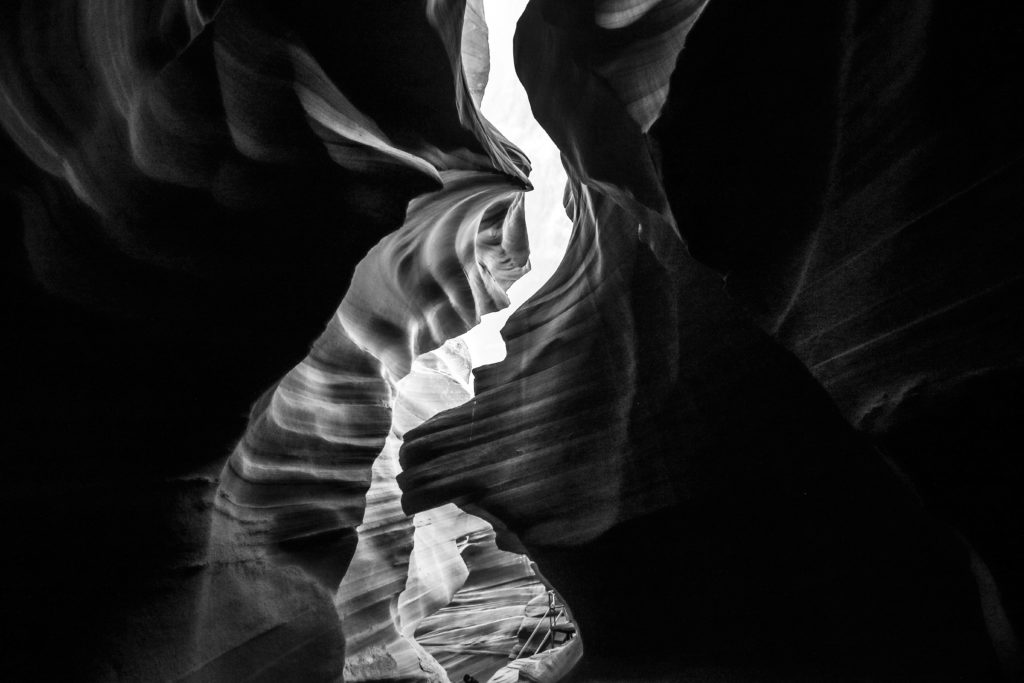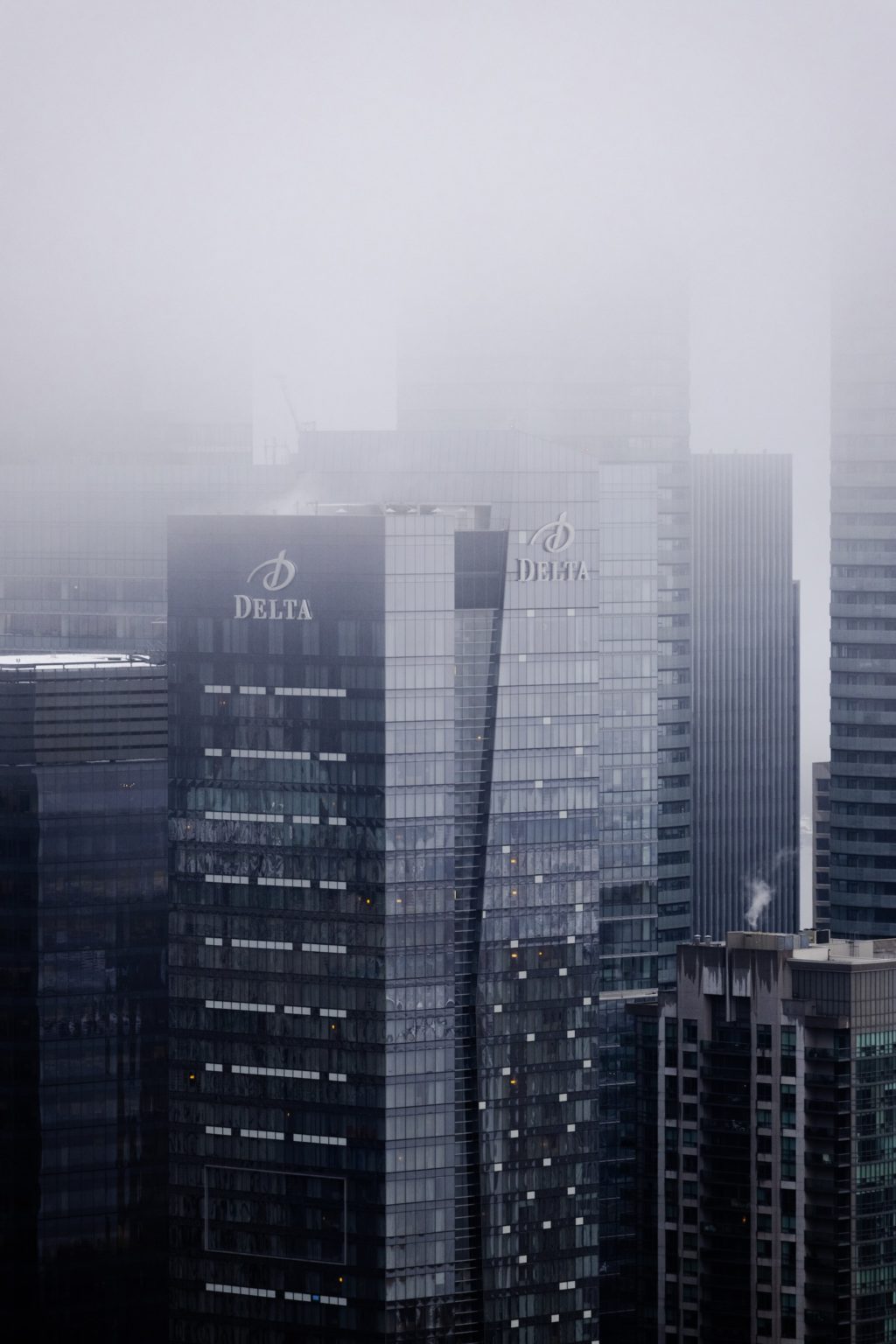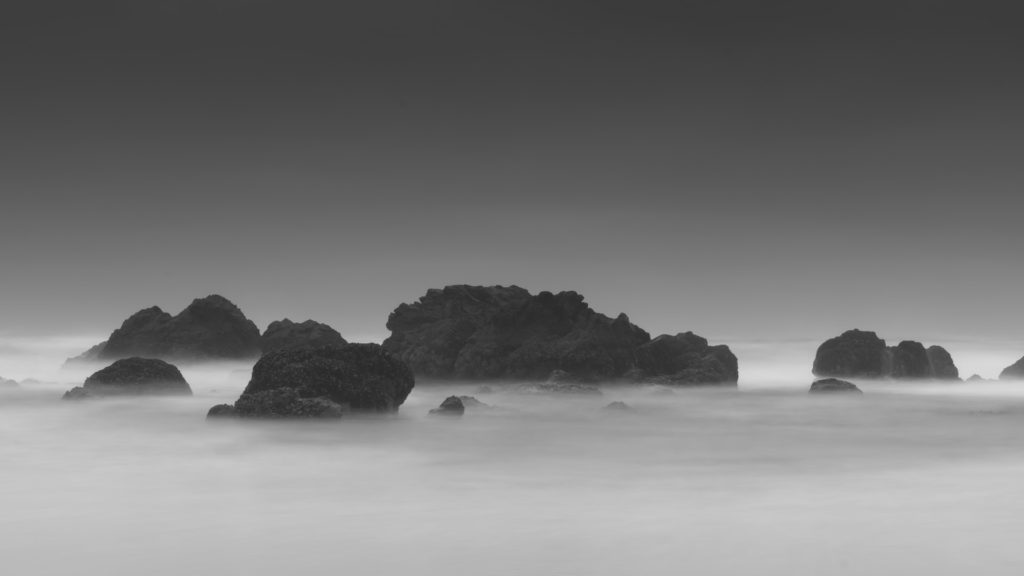Ever since I can remember, I've always been quite fond of history. Therefore, it isn't a surprise that I enjoy teaching the history of photography in my lectures at the University.
Unfortunately for me, I've always had a hard time with memorizing dates and factoids, but that is a story for another day.
Today I want to share with all of you some links to wonderful images from the early twentieth century that you really need to see if you love photography.
I want to apologise for the excessive links, but for copyright issues, we don't like posting photographs which are not published under Creative-Commons material.
The important thing here is the sharing of knowledge and spreading our passion for photography.
Sit back and enjoy the ride!

This is one of those examples in which photography really helped to make a change in the world.
In 1908, Lewis Hine posed as many different things, including being a Bible seller. By doing this, he was able to document how nearly 2 million children were not only working but also under very insecure circumstances. Here you can see more shots that are related to the one mentioned above – these images are iconic and worth your time.
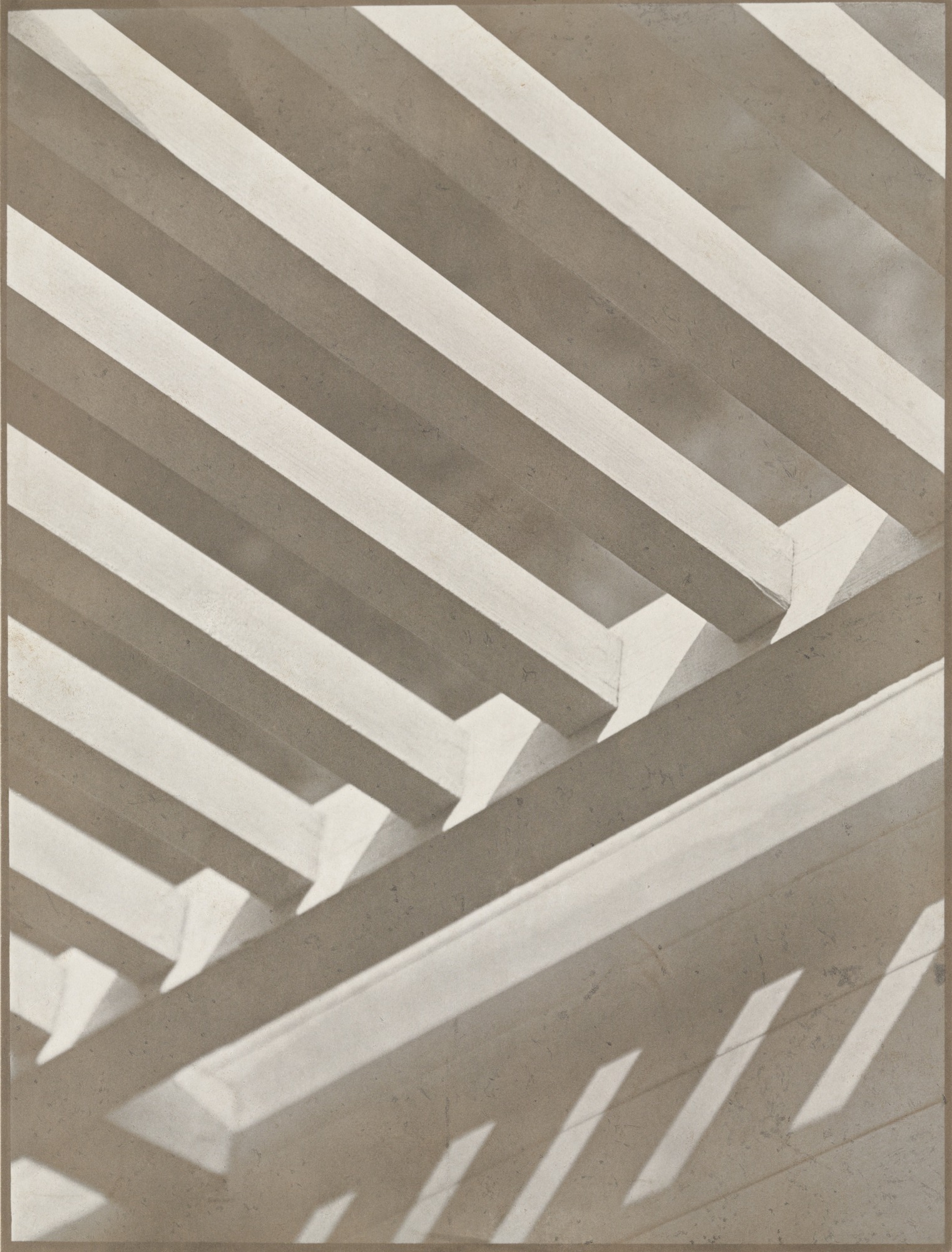
If you are into abstracts, then this photograph will give you joy. The great trick behind these sort of photographs is that the viewers understand it without much decoding.
And in very good abstracts, people start doubting themselves after decoding what they are seeing, forcing them to study and look at the photograph again and again.
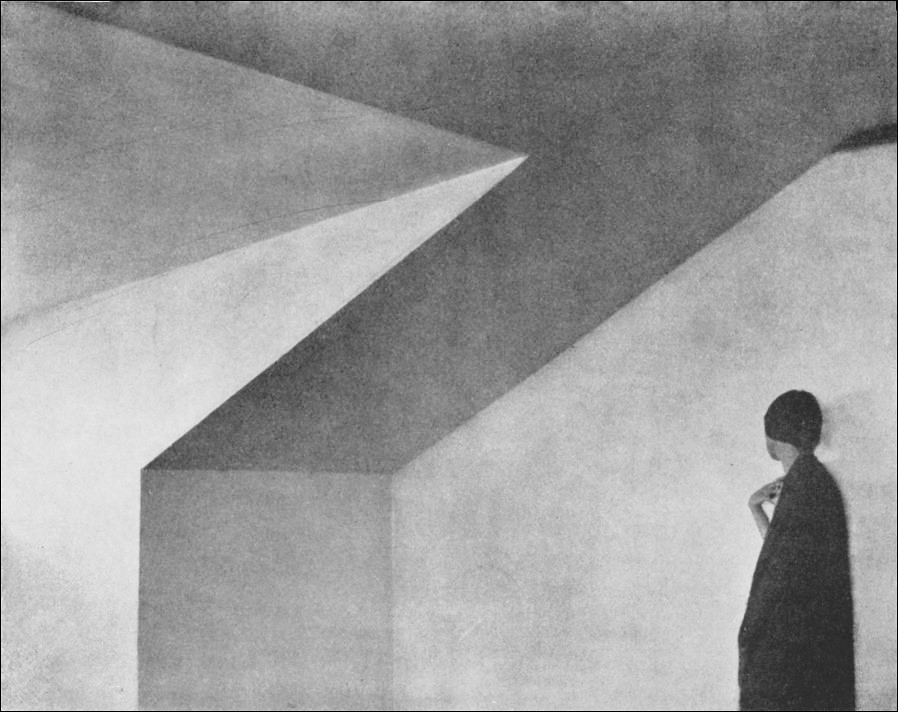
I stumbled into this photograph for the first time while preparing a lecture on negative space. It was quite a couple of years ago now, and it still blows my mind to see how contemporary this image is. There is almost nothing to say about this shot; it speaks out loud on its own.
Of course, one of Edward Weston's most famous works is Nautilus 1927 and it is just beyond beautiful.
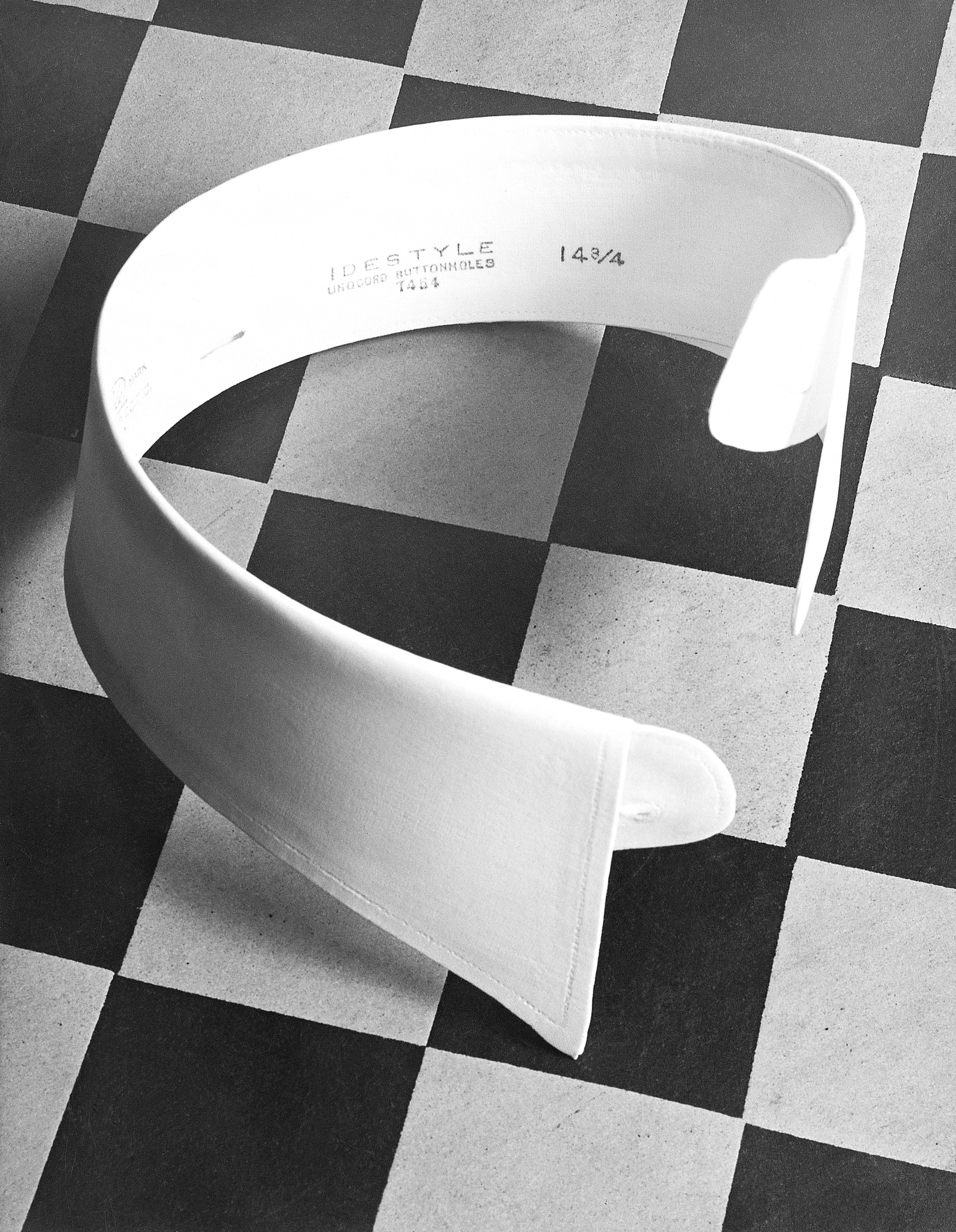
Famous for his still-lifes and his close relationship to the fine art world, Outerbridge is definitely on the top list of photographers that anyone starting out should study.
This particular photograph, the one of the Ide Collar, is perhaps his most iconic photograph. This was published in Vanity Fair around a year before it was made and is still a pretty solid visual element up to this day.
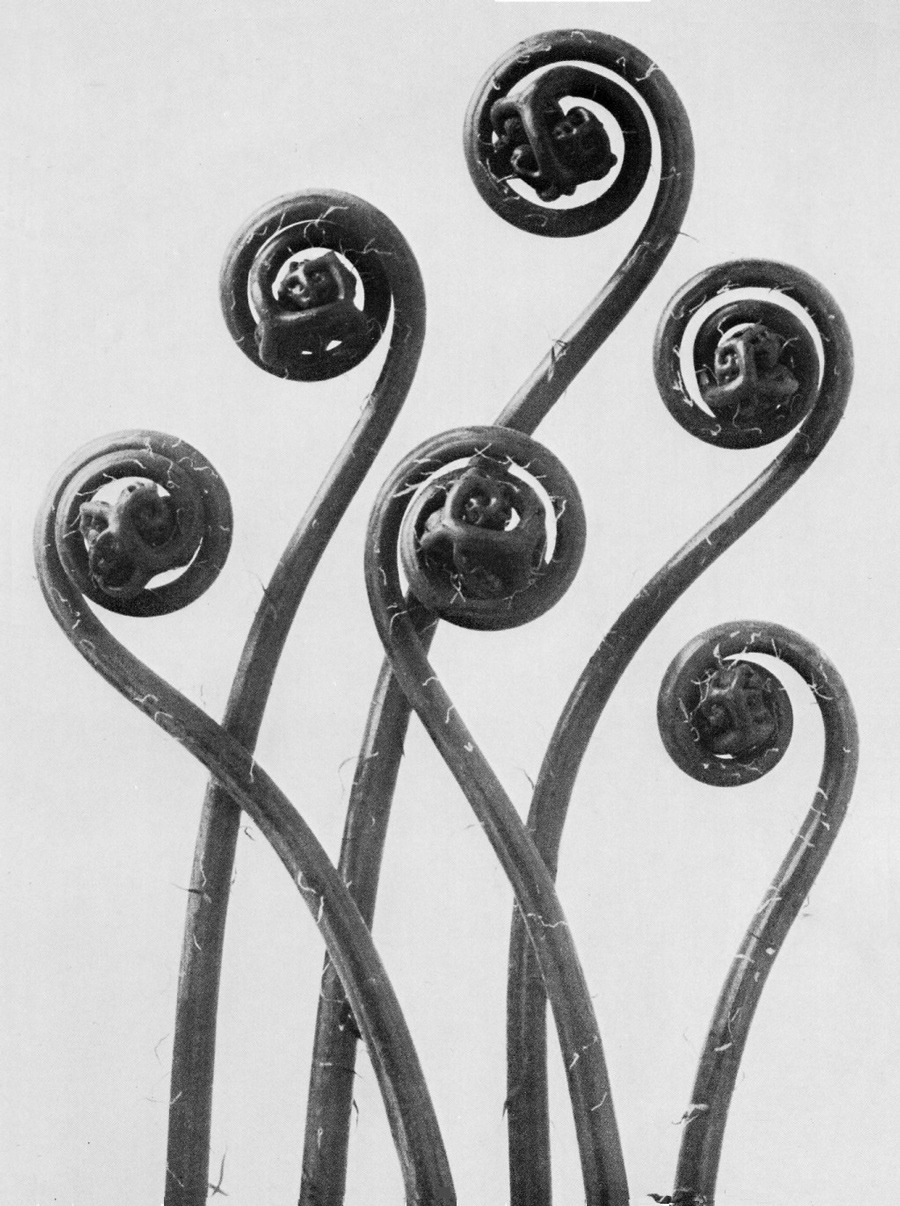
If you are into botanicals and macro photography, I not only recommend you to review Blossfeldt's work, but I encourage you to buy this book, or anyone similar.
He was a true master of photography, and he wasn't a professional photographer nor a natural scientist, but he had an excellent eye and perseverance.
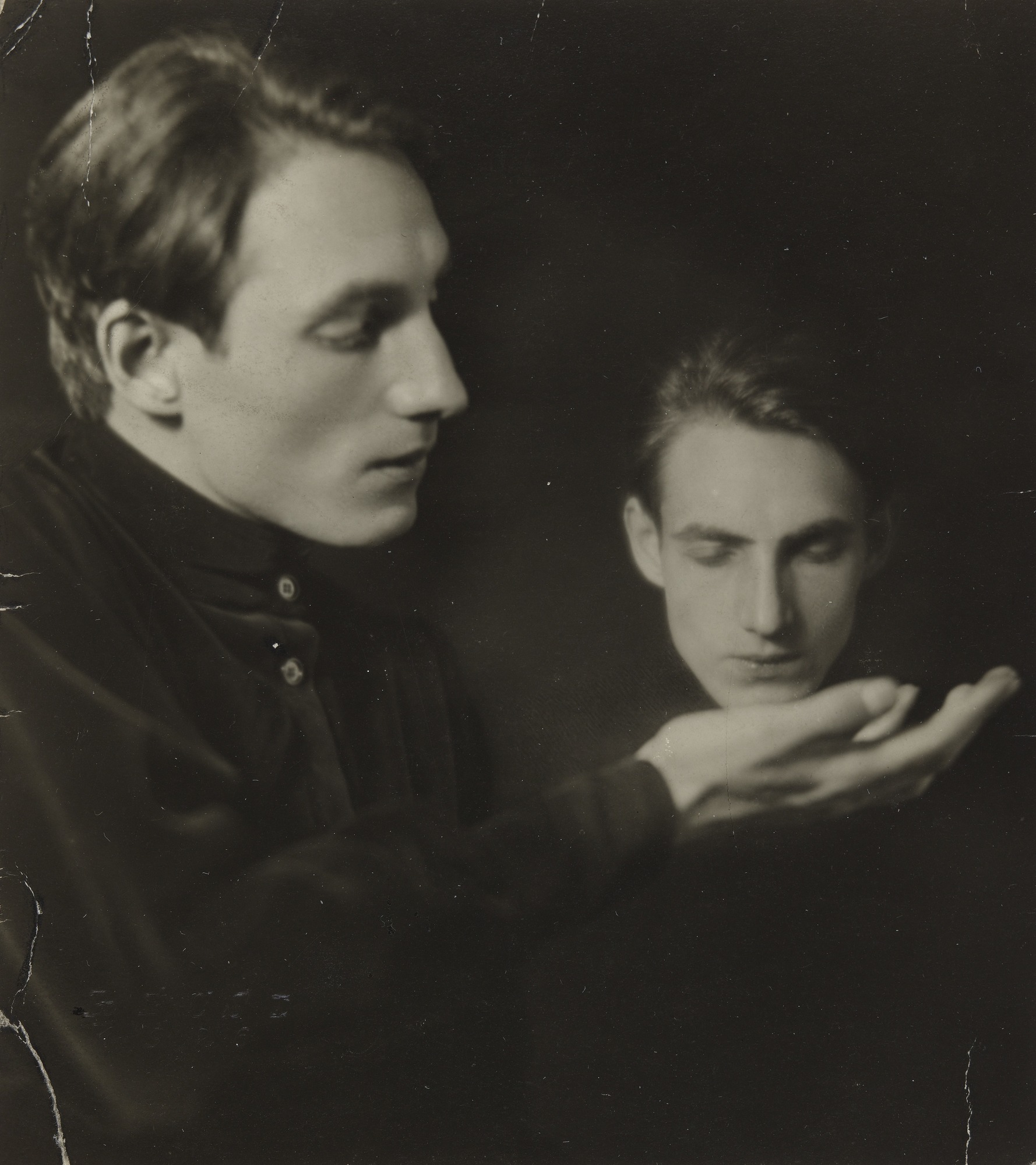
If you were limited to only study photography by selecting a country, pick Hungary. These folks did it all, and Pécsi had simply slipped my mind for quite a while until I recently refound his work. This surreal shot seems quite simple for us now, but think that in 1926, not even the parents of the two guys behind Photoshop had got to know each other.
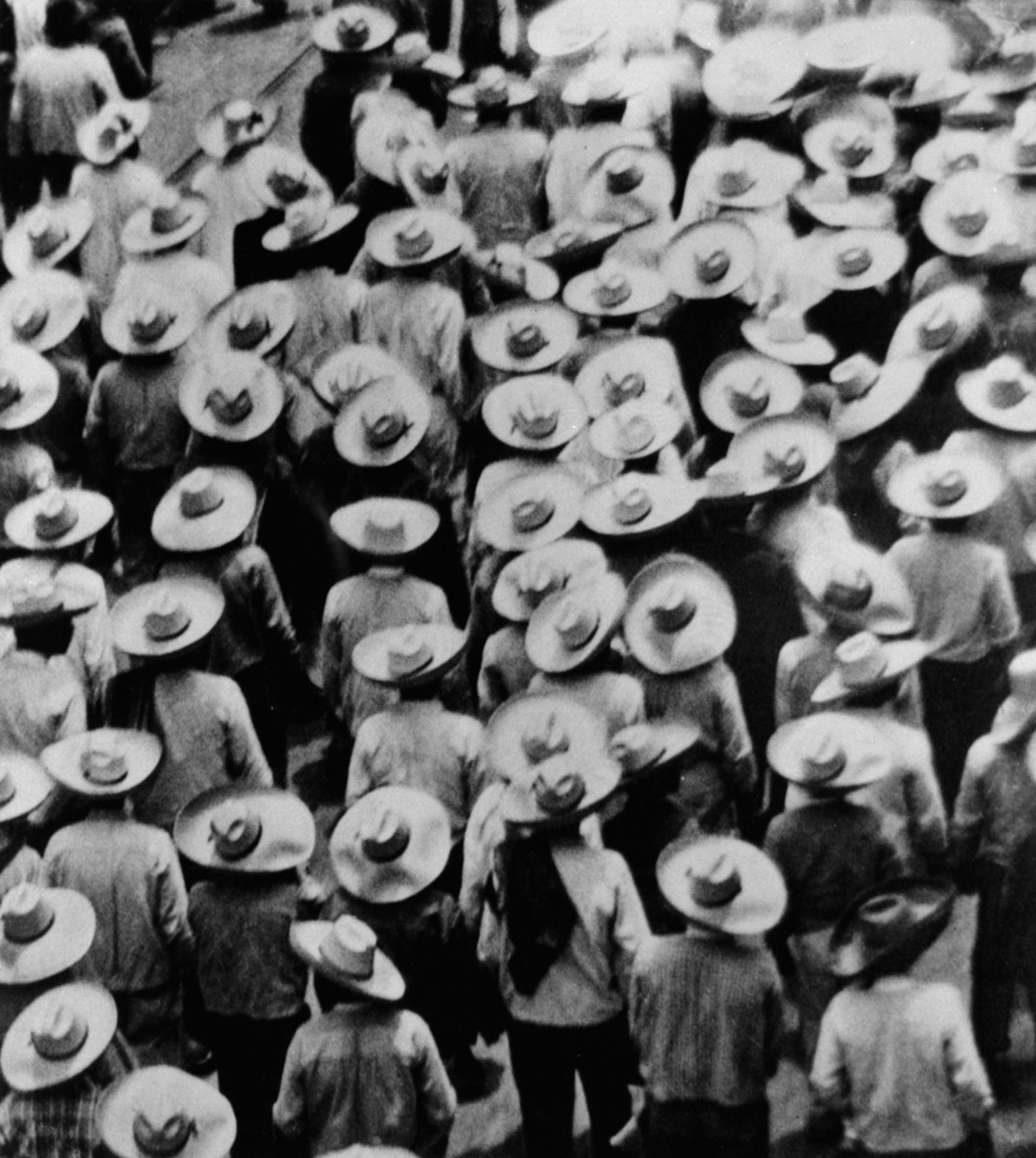
Personally speaking, I think that this is the quintessential shot for illustrating rhythm. Many photographers love to focus on patterns, and there are no better patterns that the ones that have a certain musicality in them.
This photograph is still iconic and works as a clear statement of what was going on at that moment in time in México from a very artistic point of view. If you are into making art with your photographs, then remember this, artists should never detach themselves from critical social topics like politics or climate change.
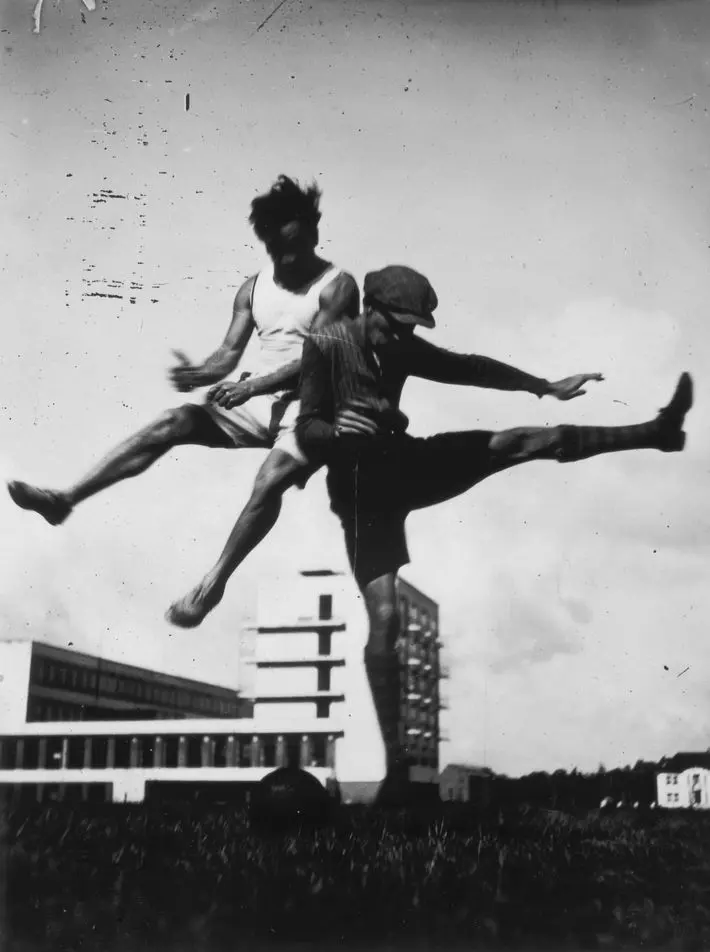
Few photographs can truly convey motion like this one, and if you are into action and sports, then this photo is definitely a must. Consider that when this picture was taken no high ISO values existed for enabling fast shutter speeds to freeze motion properly. Beyond his fantastic nickname (which literally means light), Lux Feininger had a closer relationship with the Bauhaus School in Weimar. You can see more on this topic here.
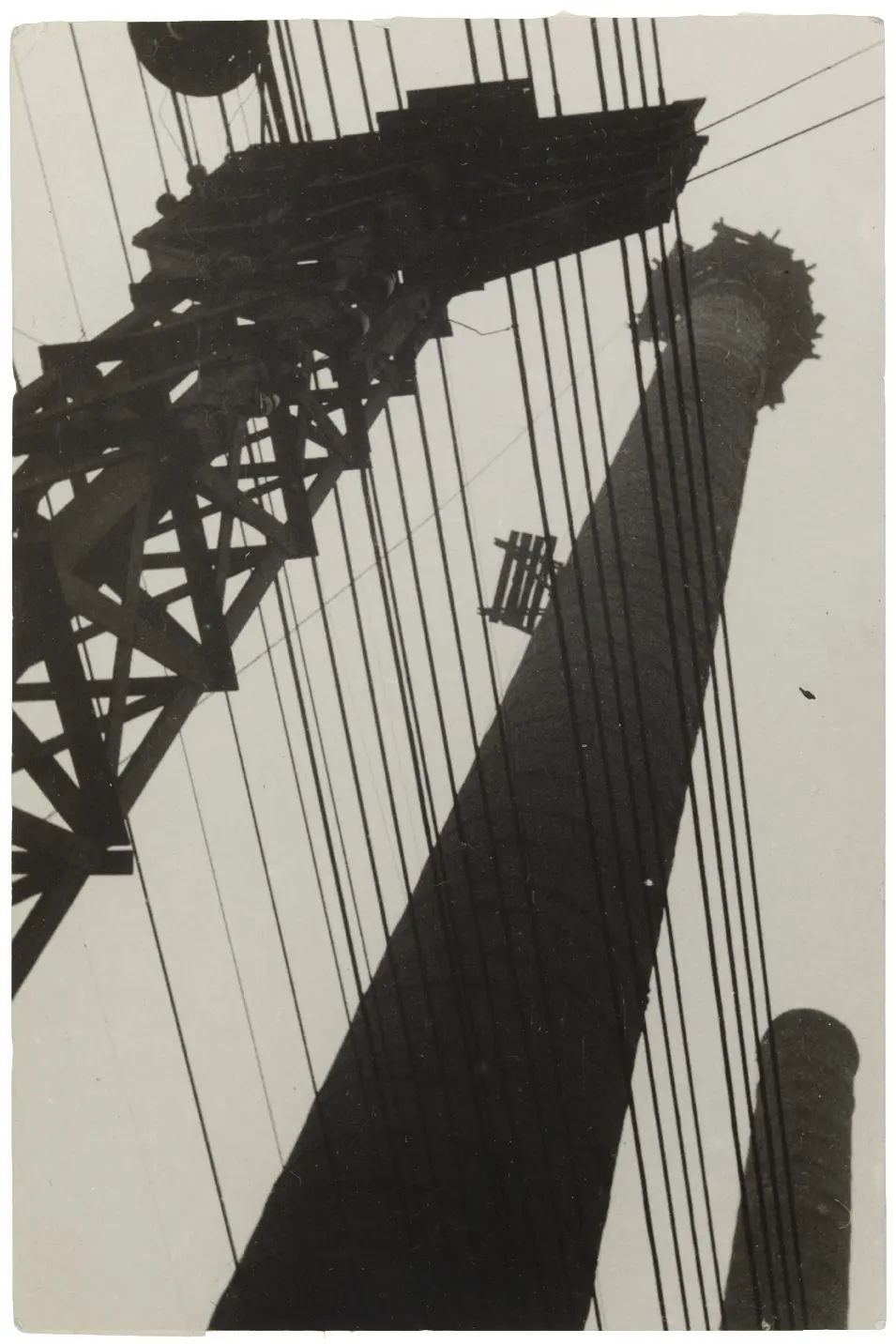
Architecture photography is an old genre, and it isn't a surprise if you consider it to be a synonym of “urban landscape” to some extent. The tension in this photograph is remarkable and accents the importance of exhausting everything in terms of point of view. The scene is simple, a powerline and its surroundings, but it has such an amount of tension that its result is quite poetic.
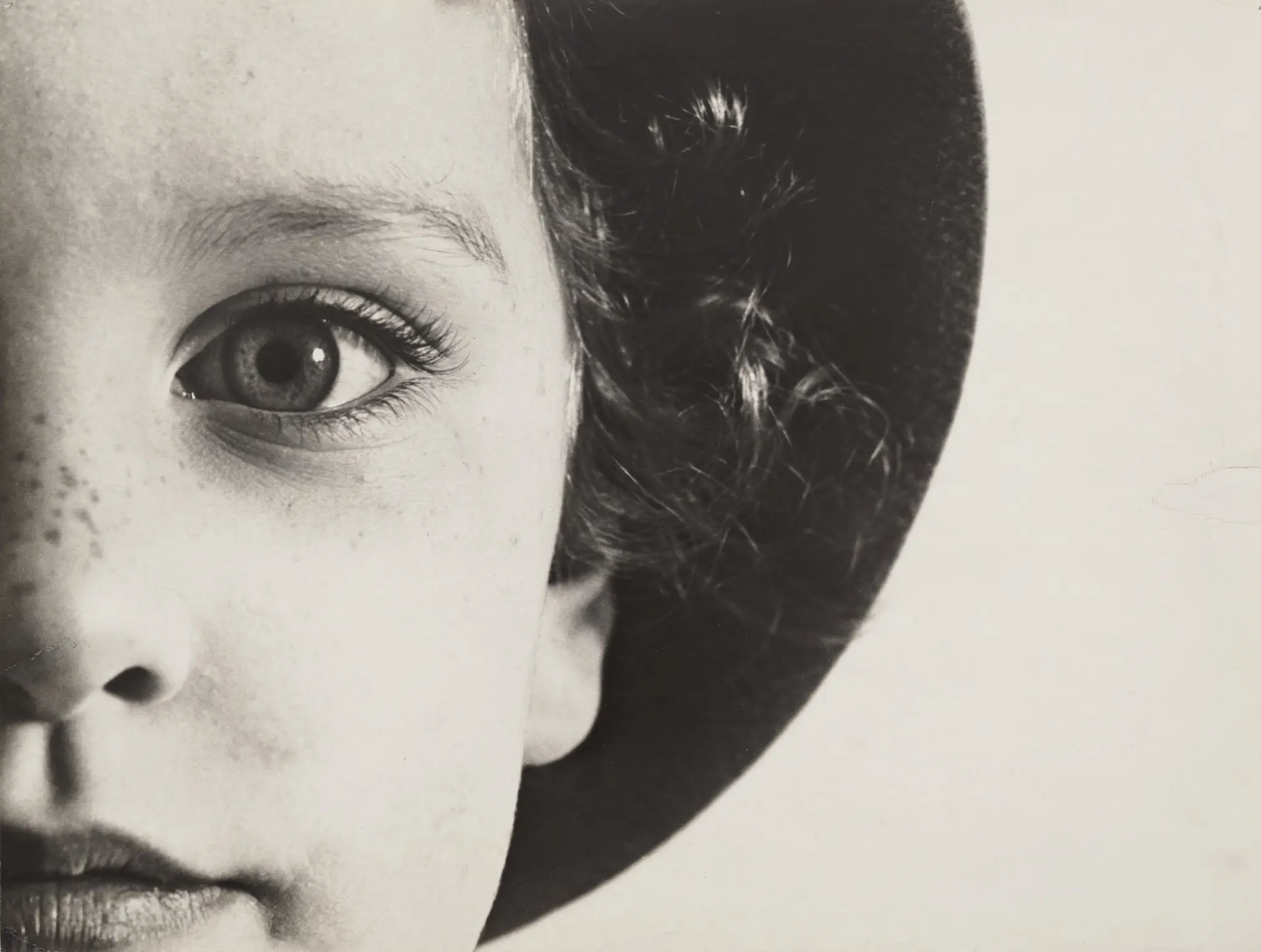
Burchartz is better recognized for his paintings, I know, but this portrait will always be striking for me. You'll read more about it below. Visual knowledge and mastery of composition is fundamental for photography, even if you are more of a painter or an illustrator and you happened to experiment with photography for the first time. And this applies to photographers as well; composition is everything. You could have a perfect shot in technical terms, but if its composition isn't meaningful, then you have achieved nothing.
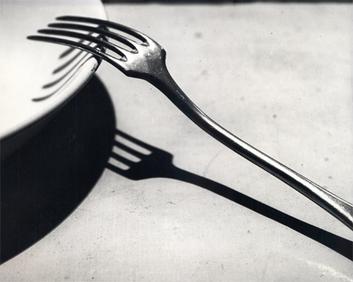
This photograph was shared with me by my photography teacher; he told me that it was one of the most delicate yet striking things he had ever seen. To this day, this photograph keeps me smiling – it is a visual feast. I simply wanted to share it with you; it is one of the most exquisite photographs I've ever seen. The storytelling is sublime, and even though it seems quite easy to replicate, it isn't, trust me.

Another excellent example of how someone educated in the fine arts can have a very keen eye for photography as well. This shot is pretty ordinary if you think about it, but the way light plays upon the scene transforms the steps into a graphic design element, which is simply mesmerizing.
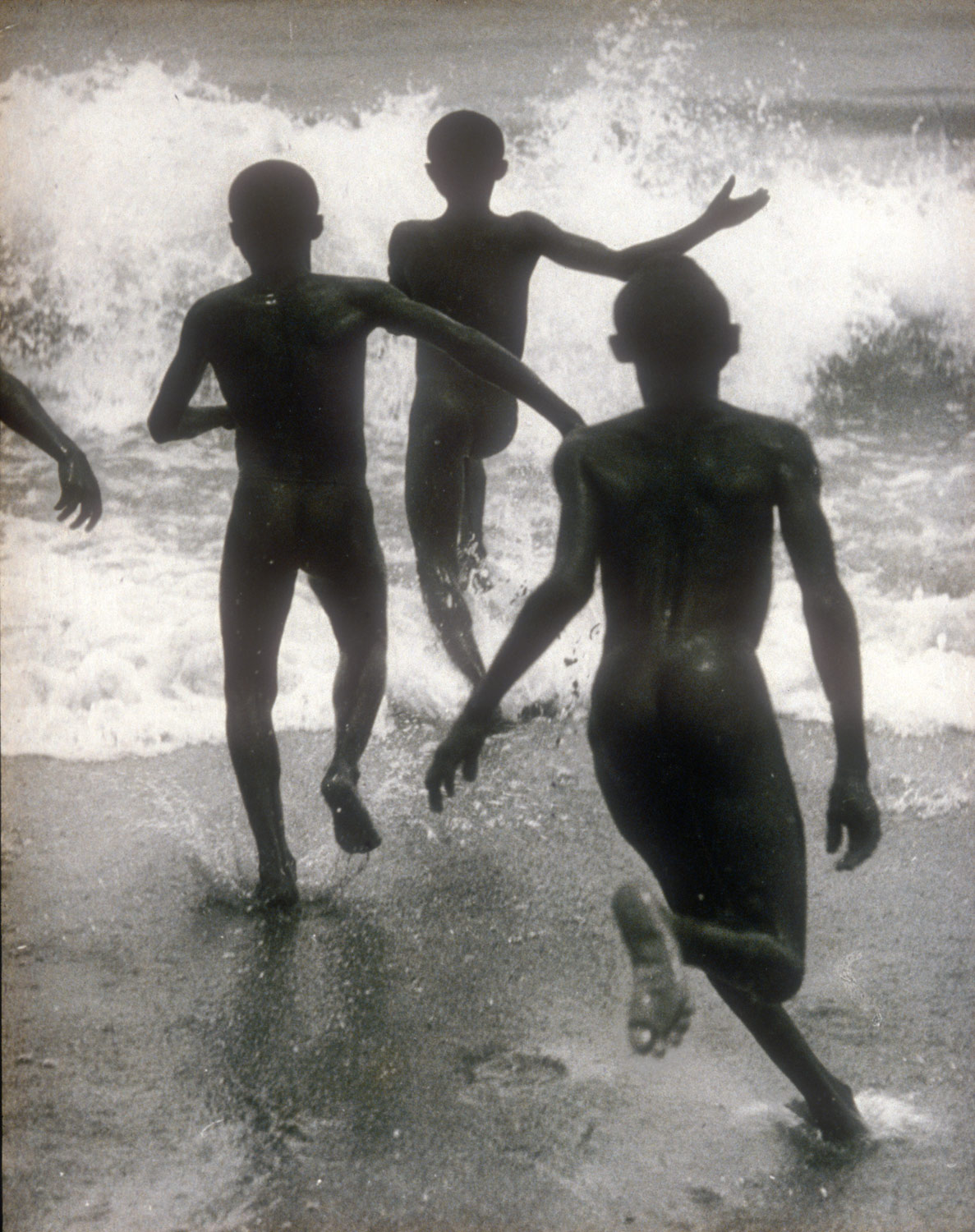
It is said that this particular photograph inspired the one and only, Cartier-Bresson, into becoming a photographer. He was training to become a painter, but his manual skills were not sufficient for what he expected from himself. If HCB was able to feel moved by the photos of others, then why couldn't we do the same thing? Technically speaking, photography owes a lot to this simple photograph.
Hal Morey – Grand Central Station, New York – 1934
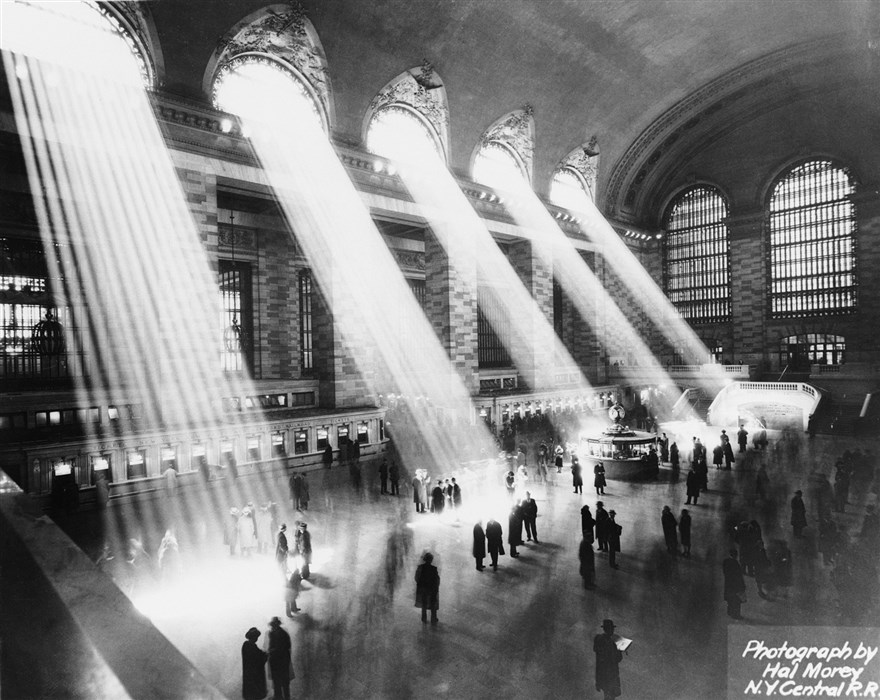
Thanks to the wonders of photography we can see inside this fantastic shot how some people ghostly appear less defined than others. I really couldn't find at what speed was this photograph was taken, but something around 1/4 to 1/15 of a second. Always remember that even the most ordinary things can show the deepest of beauties simply by shooting at slower shutter speeds. For people in New York, what else could be more mundane than a train station? just look at those light beams for crying out loud!
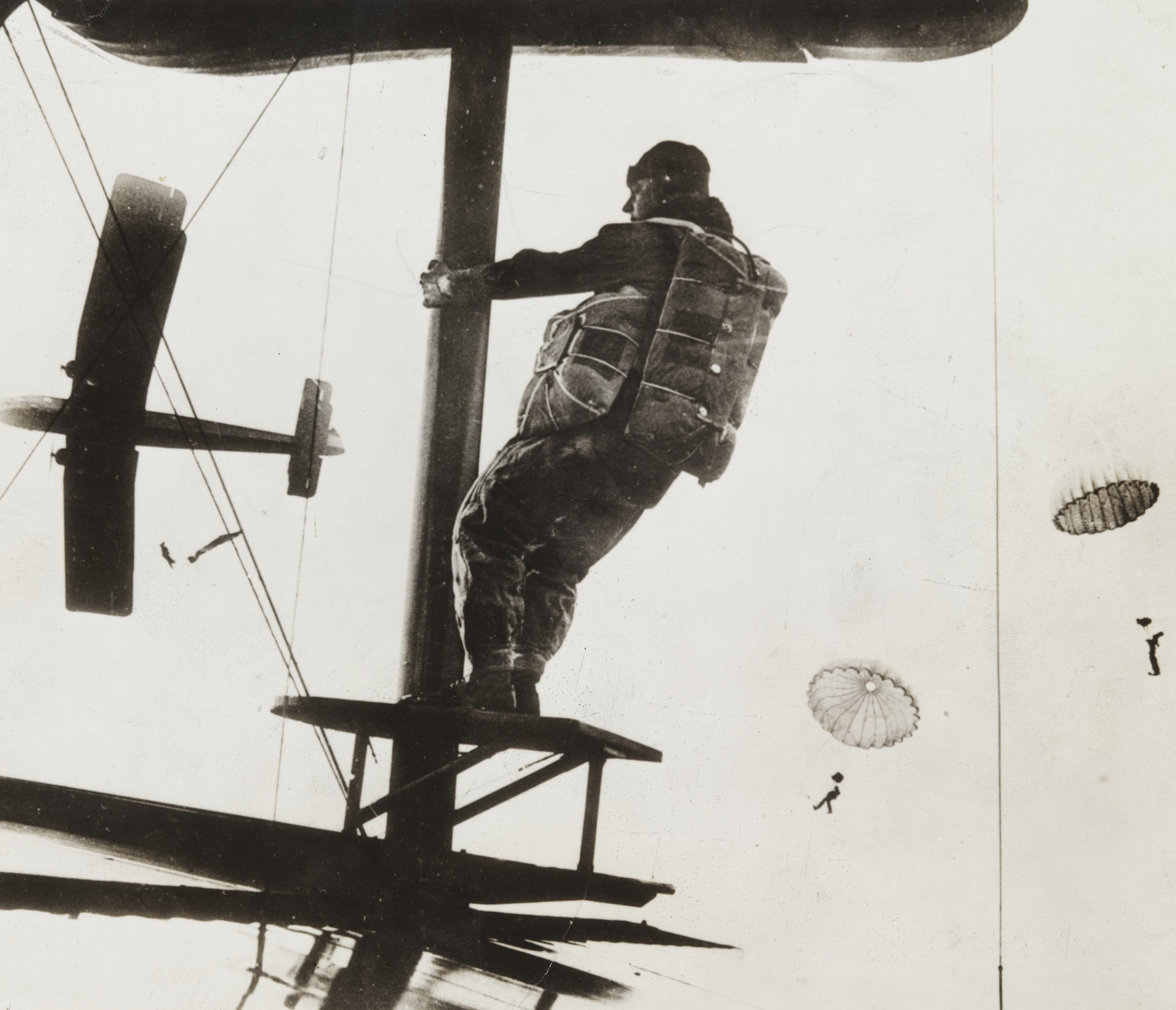
I still can't believe how aesthetically compelling this photograph is…
The purpose behind hand-picking these shots is to illustrate how some photographs that any newcomer could see as a novelty can be found as a “previously done” photograph.
The goal here is not to tell you that everything has already been done and that you should drop your camera. The thing that I want to share with you is the importance of reading photographs and doing research to tell stories in innovative ways.
If that has ever happened to you, then don't feel bad. It occurred to me, exactly with that shot from Max Burchartz, and it was an innocent thing from my side due to ignorance. I took the photo that you can see in the cover of this report from UNICEF. When spreading the printed document out, you can see that my photograph is a very similar shot to Burchartz's, but it was made more than 80 years before mine.
It is just pointless to keep making the same photographs over and over again, we are here to make meaningful photographs, and I know it is a hard task to embrace, but trust me, it is worth it.
If you started photography a couple of years ago and you are not sure of which steps you should take now, then try investing in some photo-books instead of gear. Trust me; you'll find it extremely nurturing.
Please tell us if you have a favourite photograph or photo-book that inspires you in the comments below.




